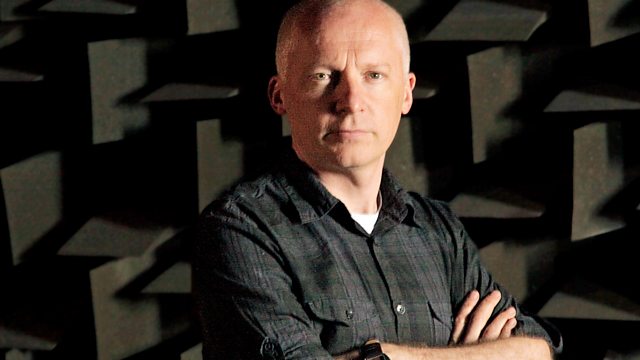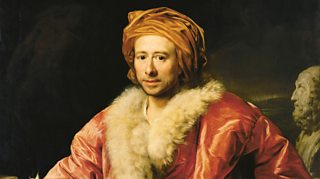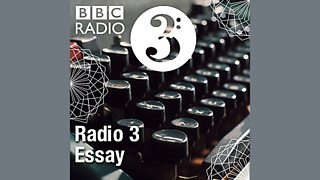Literature
Mathematician Marcus du Sautoy explains how writers, just like musicians and visual artists, have found ways to use maths to structure their writing.
Mathematician Marcus du Sautoy untangles the fascinating maths hidden beneath the surface of some of our great contemporary and historical works of art. In this edition, he explores literature.
Marcus du Sautoy reveals that writers, just like musicians and visual artists, have found ways to use maths to structure their writing. Not only can you find mathematical ideas discussed in books such as Ian McEwan's Solar or Bonnie Greer's Entropy; but you can also find maths in the structure of many famous literary works, notably the recent Booker winner The Luminaries by Eleanor Catton, whose chapters are each half the length of the previous one, causing the pace of the novel to accelerate towards the end.
Marcus's desert island book is The Library of Babel by the secret mathematician Jorge Luis Borges. Marcus will explain why this story is a work of mathematical as well as literary genius.
Closing his essay on literature, Marcus will also give what, in all mathematical probability, is the first broadcast rendition of a Raymond Queneau sonnet - a sonnet constructed by randomly selecting each of the 14 lines from 10 available options. There are one hundred thousand billion different possible sonnets that can emerge from this surreal poetry-making process. This is one of them.
Last on
More episodes
Broadcast
- Thu 4 Feb 2016 22:45Βι¶ΉΤΌΕΔ Radio 3
Death in Trieste
Watch: My Deaf World
The Book that Changed Me
Five figures from the arts and science introduce books that changed their lives and work.
Podcast
-
![]()
The Essay
Essays from leading writers on arts, history, philosophy, science, religion and beyond.





